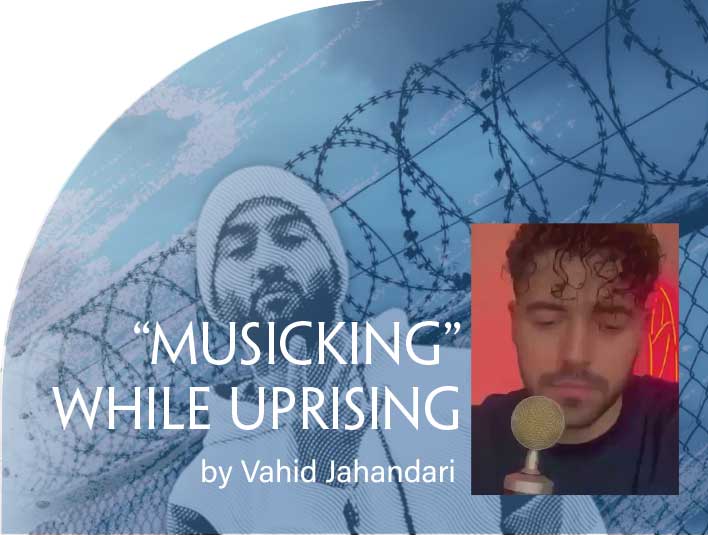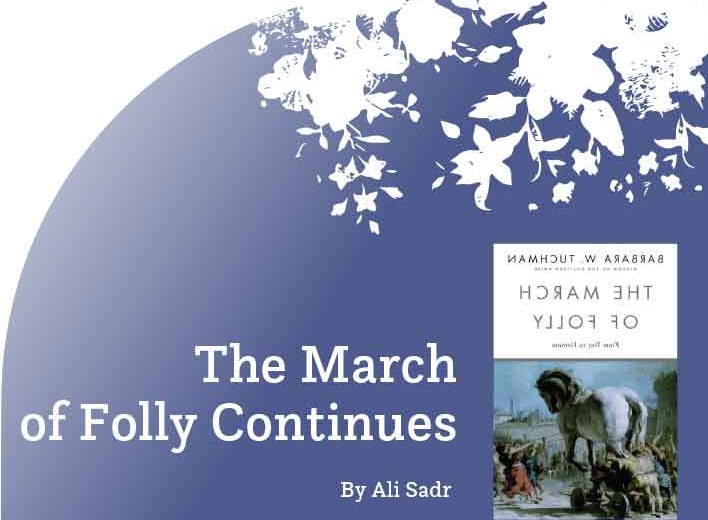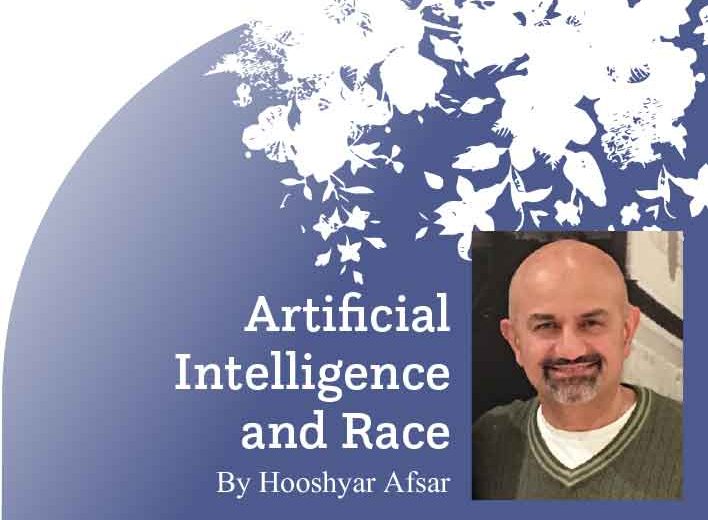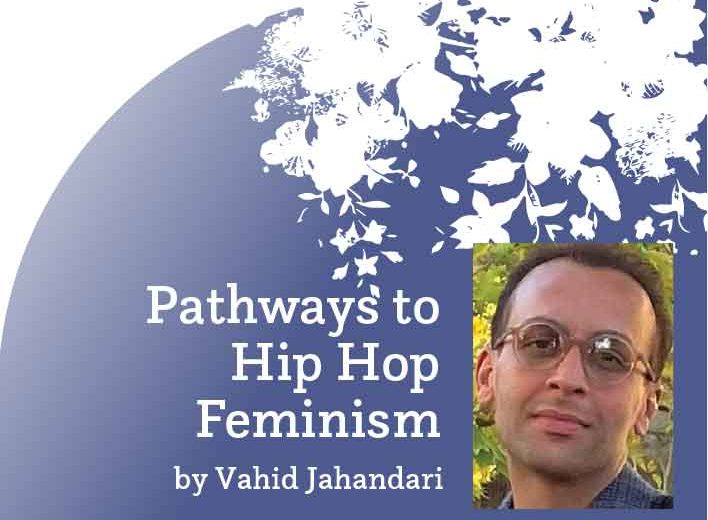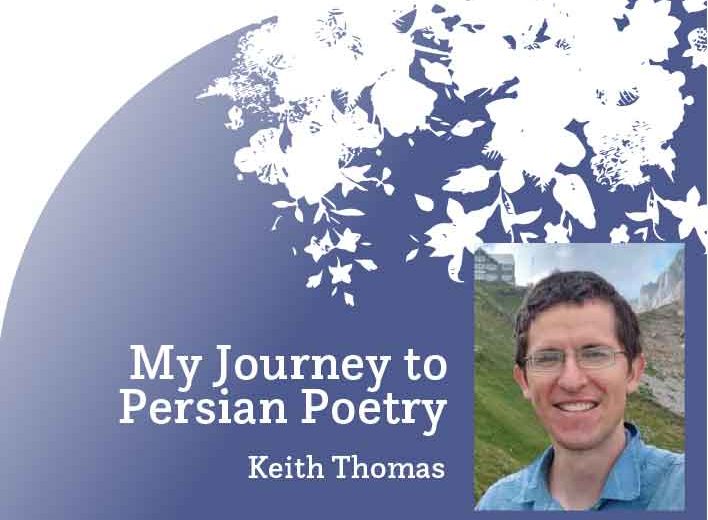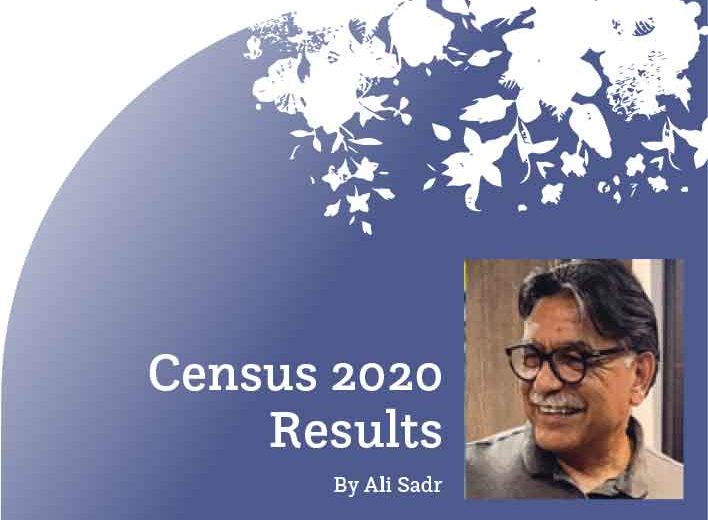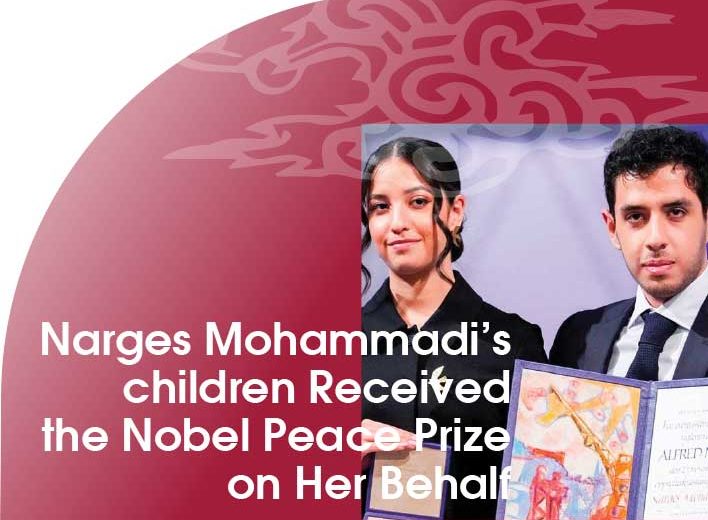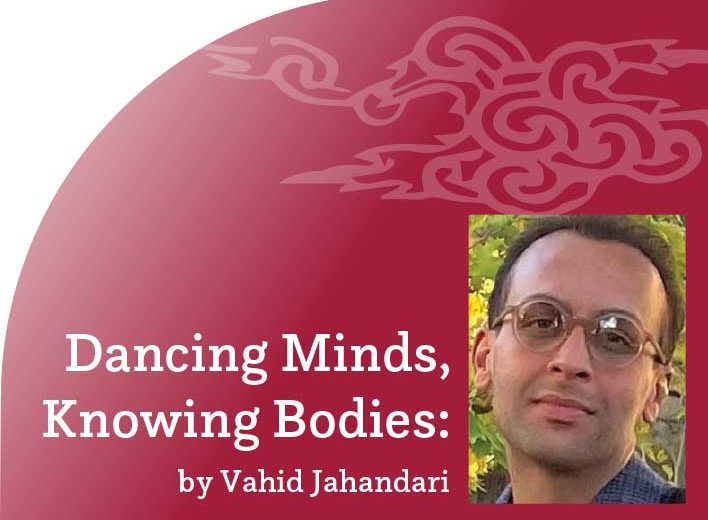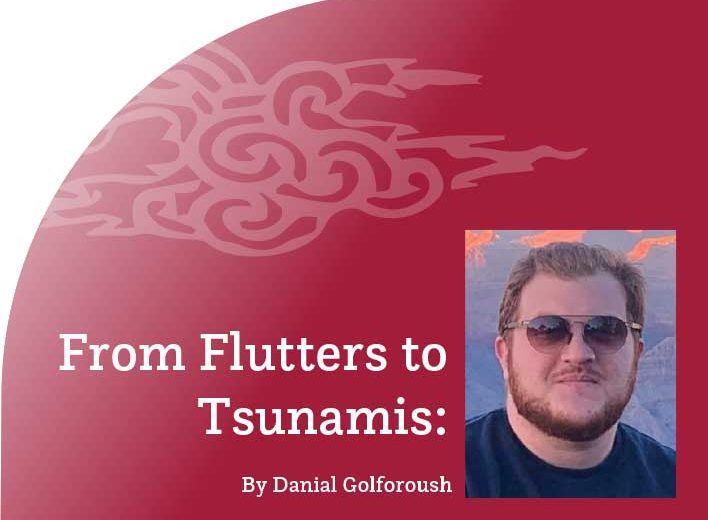by Vahid Jahandari
Introduction
At the time of writing this article, it has been over four months that the people of Iran have been protesting in the streets, in large and small cities from Tehran to Shiraz, Mashhad to Mahabad. Women and schoolgirls, young men and elders—all have been demanding their human rights, wanting the freedom that was taken from them since the Islamic revolution. This is not the first time the regime’s crackdown has been the primary response to a movement the Iranian youth are leading, but this time marginalized voices all over the world are united.
In this article, I will examine the multi-dimensional aspects of the influence and involvement of Iranian musicians following the civil unrest since mid-September 2022.

On Street Musicking and Opposition
In every uprising, one of the undertakings utilized to unify the expression of rage is musicking. The term “musicking,” coined in 1998 by music scholar Christopher Small, is defined as any activity that engages with music, including listening, composing, producing, and performing. In defining musicking, delivered in Small’s groundbreaking book with the same title, the meanings of performing and listening have been extended to broader implications—conscious hearing of sounds and spaces in one’s surrounding environment that appear in any shape, regardless of their context, and whether conventionally considered to be musical or sonically comprehensible with a human experience.
In the case of Iran, one of the remarkable approaches to musicking as a way of showing discontent with the regime’s crackdown has been a form of collaborative call and response (co-singing) in many neighborhoods, particularly in the capital city, where people chant phrases reflecting the very incidents that have been going on over the past months. Sometimes the theme of these chants, though overly critical, adds a flavor of irony for more impact.
One of the widespread chants may be translated as “Basiji, these are the last days, eat well.” Another slogan that spread out extensively across continents is “death to dictator,” a reference to the current supreme leader of the regime. Examples of other chants include calling the older generations to join the leaders of the uprising, who are mostly millennials and Gen Z. Another side of street musicking has been to empower and encourage one another. Woman, Life, Freedom, derived from the final verse of Shervin Hajipour’s song, “Baraye” (meaning “for” in Farsi), has been the main slogan of this uprising.
Shervin Hajipour’s “Baraye”
Born in 1997 in Babol, a northern city in Iran with a small population and a tremendous cultural legacy, Shervin went on to participate in a televised auditioning program in Tehran called “The New Age.” The show, which aimed to discover artistic talent—primarily in singing—ultimately introduced a selection in the final round as the winner. The year was 2019 and the future superstar Shervin, then in his early twenties, was one of the participants in the Islamic Republic’s version of “American Idol” ـ ـ a television series that was modeled after Britain’s “Pop Idol,” an entertainment concept which became trendy internationally in the early 2000s.
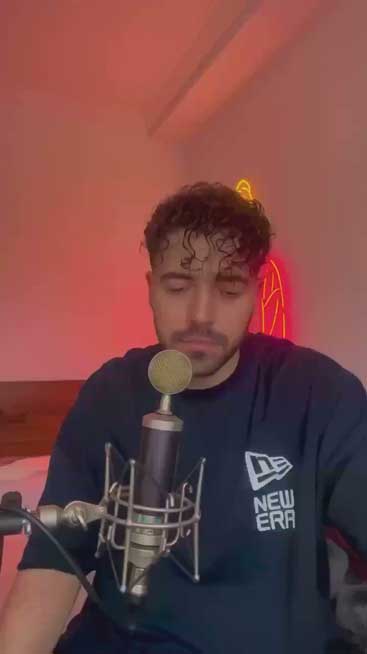
Shervin’s music is regarded as a pop fusion that mixes R&B and hip hop. As Shervin continued pursuing musicking independently, the news about the death of Mahsa Amini urged the creation of his song “Baraye,” which soon gained worldwide recognition. Shervin managed to adopt the lyrics from tweets that hash-tagged ‘Mahsa Amini.’ As the regime’s crackdown on the nationwide protests for the death of Mahsa followed, celebrities and influencers went under investigation for their social media posts by the suppressive and excessively controlling regime. From there, intimidation and imprisonment followed, including Shervin’s own brief detention.
“Baraye” has now been sung by numerous popular faces around the globe and has become an anthem for the Woman, Life, Freedom movement. In concert halls, stadiums, subways, taxis, and streets, everywhere, everyone knows the song, and to this day it has been reproduced in many languages. In the early stages of its thriving, living existence, “Baraye” functioned to unite the Iranian people, becoming their shared language, their collective rumination, a repository for their feelings of sorrow, disappointment, and hope.
Despite the great despair captured in the song, “Baraye” takes the audience to a meditative, peaceful, and reflective headspace that echoes nostalgia for the homeland with all its beauties and difficulties. “Baraye” has been the most influential and critically-acclaimed song in the popular genre after the Islamic revolution, despite its exceptionally simple formal structure, an instrumental component that constructs the audible texture. In fact, the success of this single is owed to the rhetoric that the people of Iran actually wrote, without knowing of their partaking in the first place.
The significance of “Baraye” and “Shervin” is interconnected to “the oppressor” and “the oppressed,” which is the experience of being an Iranian, no matter where one is geographically located. The irony has not escaped notice that the poetics of the song, which are simply a lyrical rearrangement of a multitude of tweets, were composed by a singer who was applauded in the regime’s TV series as highly talented with a soul-stirring voice—a singer who ended up becoming an internationally-recognized and applauded underground personality.
Persian Hip Hop Rising Once More
Many musicians inside and outside the country have been releasing singles as the protests continue. “Inyekiam Vase” (This One Also For) by Hichkas is one of them. The track begins with a brief remark from a recent speech that the supreme leader made, claiming that “with the divine fortune, for centuries this regime,” which then is abruptly interrupted with a gunshot sound effect as a way of ridiculing the word, followed by the typical urgent expression of the rapper saying, “we said this one is for Mahsa.” Hichkas warns the consequences of the Islamic regime’s system of oppression to its authorities in the near future. In one verse, he says, “we will hang anyone involved in your transgression.” In the third half of the song, an excerpt of one of the famous chants in the early stages of the ongoing protests is situated: “we will fight, we will get back Iran.”
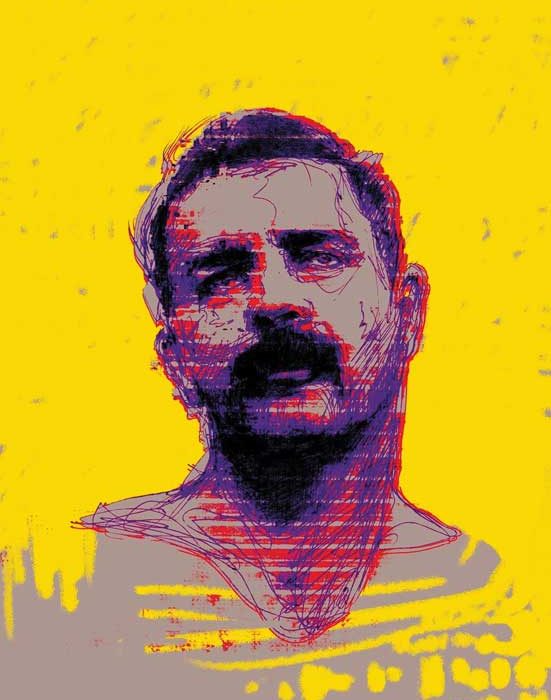
Toomaj Salehi is another rapper from inside Iran who is using the political hip hop medium to fight against the regime. He released two songs following the uprising and soon later was kidnapped. In the music video for “Fall,” Toomaj borrowed the setting in Kendrick Lamar’s video for “DNA,” in which he speaks with a government security agent one on one, convincing him about their over forty years of corruption in the name of religion and assuring him that their ending is “dark.” After Kendrick, variations of this type of set where two opposing parties sit across a table became very popular in the genre. Joyner Lucas’s “I’m Not Racist” is a notable example.
Hip Hop Activism: From Songs to Direct Engagement
The many pop songs released over the past few months express anger and frustration or relay messages of rebellion, resilience, and resistance. Singles by various artists such as Black Cats’ “Mosht” (the Fist), Donya’s “Aslan Natars” (Do Not Fear), and “Cheh Mikoni?” (What Are You Doing?) by Dariush are a few outstanding examples.
But some artists have moved beyond just singing and into the realm of more direct activism, actions which have greater historical roots. In his book, music professor Karlton Hester writes that “African American music is the revolutionary music of the 20th century—not just for America, but for the planet as well. It is the music that embodies and expresses the contradiction of the century, fundamentally rooted to the world’s division between oppressor, imperialist nations, and the liberation struggle of the oppressed.”
In the case of Iranian artists, the emergence of hip hop activism after the uprising by counter-revolutionaries went to the next level of direct engagement with fans, a level beyond mere publication of songs. Shahin Najafi, a musician living outside the country, fuses different genres, including hip hop, into his music. Following the protests, Shahin used his social media platform, including his YouTube channel and Twitter, to comment on the uprising, provide daily updates, and share videos that people had taken for documenting the events, uploaded primarily on Instagram. Similarly, Hichkas has been very active in tweeting and providing content about the regime’s brutality.
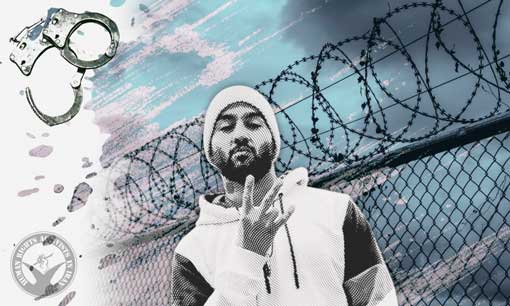
Coda
Tens of thousands of Iranian expatriates—from Washington, DC, New York, Los Angeles, Toronto, Paris, Berlin, and many other cities around the world—have been able to expose the atrocities of this barbaric regime to their host countries. They have been using all means—from weekly demonstrations, chanting, singing, interviews with local media and, of course, vast use of social media—to connect with non-Iranian masses, artists, and performers, to be the voice of the people of Iran and put pressure on the local and national politicians to take stand against this regime and push it further into isolation. “Musicking,” while uprising.
——————————————————————————-
Vahid Jahandari is an award-winning composer, performer, and educator based in Santa Cruz, currently pursuing his doctorate in Music Composition. Jahandari holds degrees from the University of Texas at Austin (M.M.) and the Tehran University of Art (B.M.). More info at vahidjahandari.com.

